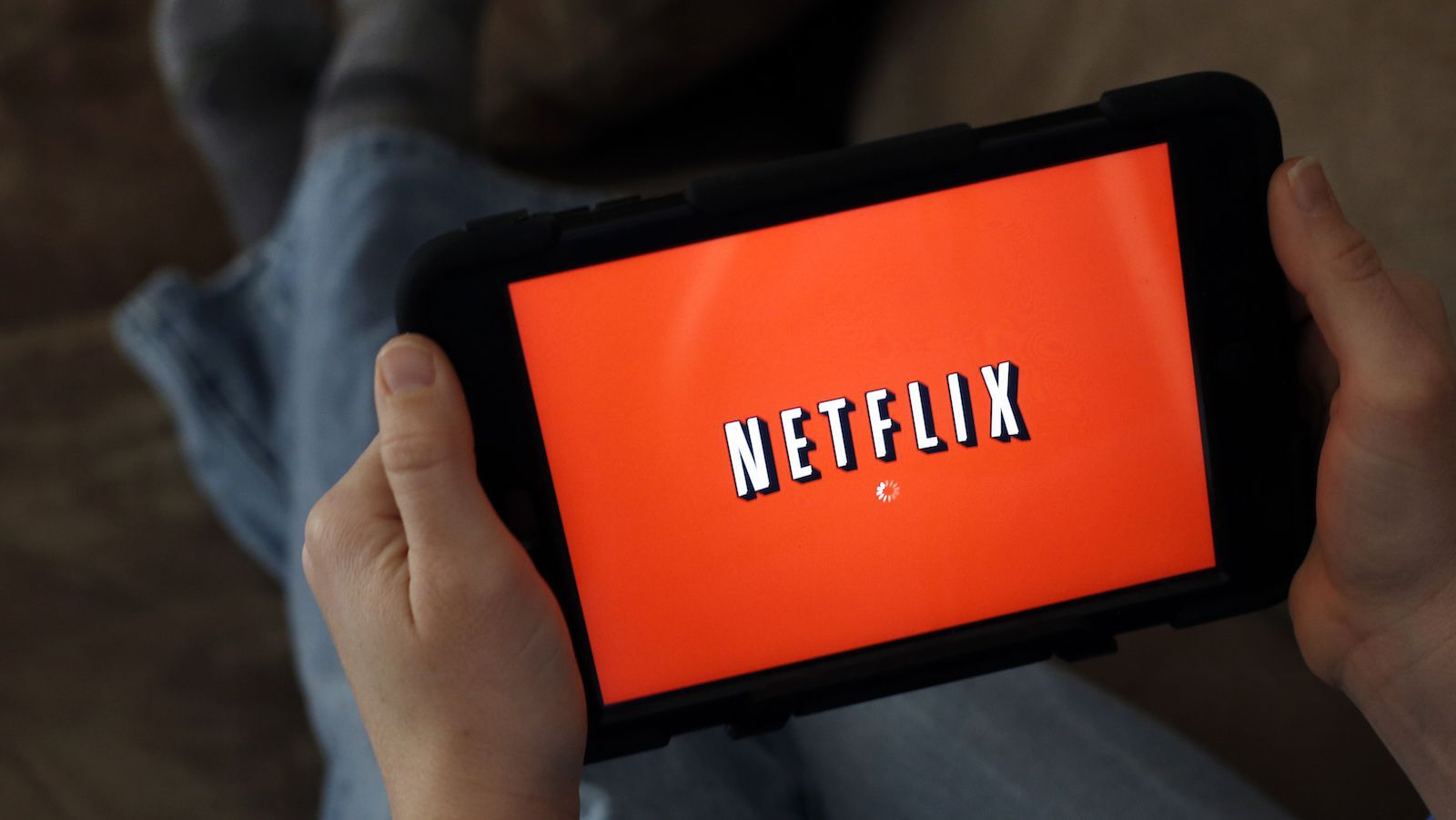Greenpeace says binge-watching all those TV shows is bad for the environment
Binge-watching could be wrecking your carbon footprint.


Binge-watching could be wrecking your carbon footprint.
Streaming-video services like Netflix, YouTube, and Amazon Prime Video store their high-quality content on servers around the world and then deliver that data to customers’ devices. These services don’t just eat up customer data plans, they also require a lot of energy. And rarely does that energy come from renewable sources, a new report (pdf) by Greenpeace found.
The environmental group releases an annual study on renewable energy consumption by internet services, and the latest findings show that streaming video is far from being green. Here’s how the most popular platforms stacked up against each other. YouTube is by far and away the most environmentally friendly, while Hulu and Vevo among the worst:
The overall grades were based on six factors: transparency about energy usage, renewable energy commitments, energy efficiency and plans to mitigate the use of “dirty” energy, renewable energy investments, current energy mix, and advocacy for clean energy. The data was provided to Greenpeace by the companies in 2016.
Netflix scored a D, mainly because it doesn’t regularly publish data on its greenhouse-gas emissions, and has not made any public commitments to use renewable energy. Its share of clean energy consumption also fell over the last year; 17% of its energy consumption was clean last year compared to 23% in 2015 (pdf). The company said 36% of its energy came from renewable sources in 2014.
And the report said Netflix has not demonstrated a serious effort to push its third-party vendors, including Amazon Web Services, to use renewable energy. It does, however, note that Netflix says it has become more energy efficient, which worked in its favor. Netflix declined to comment on Greenpeace’s findings.
YouTube, meanwhile, was the cleanest video service as its owner, Google, became more transparent about its energy footprint and strengthened its commitment to becoming entirely powered by renewable energy, the report said. More than half of YouTube’s energy consumption was clean in 2016, up from 46% a year earlier.
Greenpeace has been conducting this report since 2010, but did its first deep dive into streaming video in 2015 as it became more popular. That year, Recode reported that streaming video and audio services accounted for 70% of home broadband traffic in North America during peak evening hours. Netflix and YouTube made up more than half.
Streaming video, in general, tends to use more energy than other web services like news sites or music-streaming platforms because they transmit larger files, according to Gary Cook, the report’s lead author. “You’re sending more much data with a video,” he said. “The file sizes are way bigger so that uses much more energy to deliver.”
Newer, higher quality video formats like ultra high-definition expend even more energy, Cook said, increasing the need for companies to pay more attention to their carbon footprints. “It’s a critical period for us all,” he added. “People are becoming more concerned about what is behind the cloud, behind the curtain of the internet, as they become more and more reliant on these platforms.”